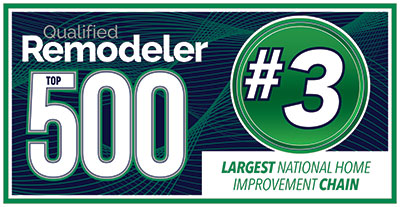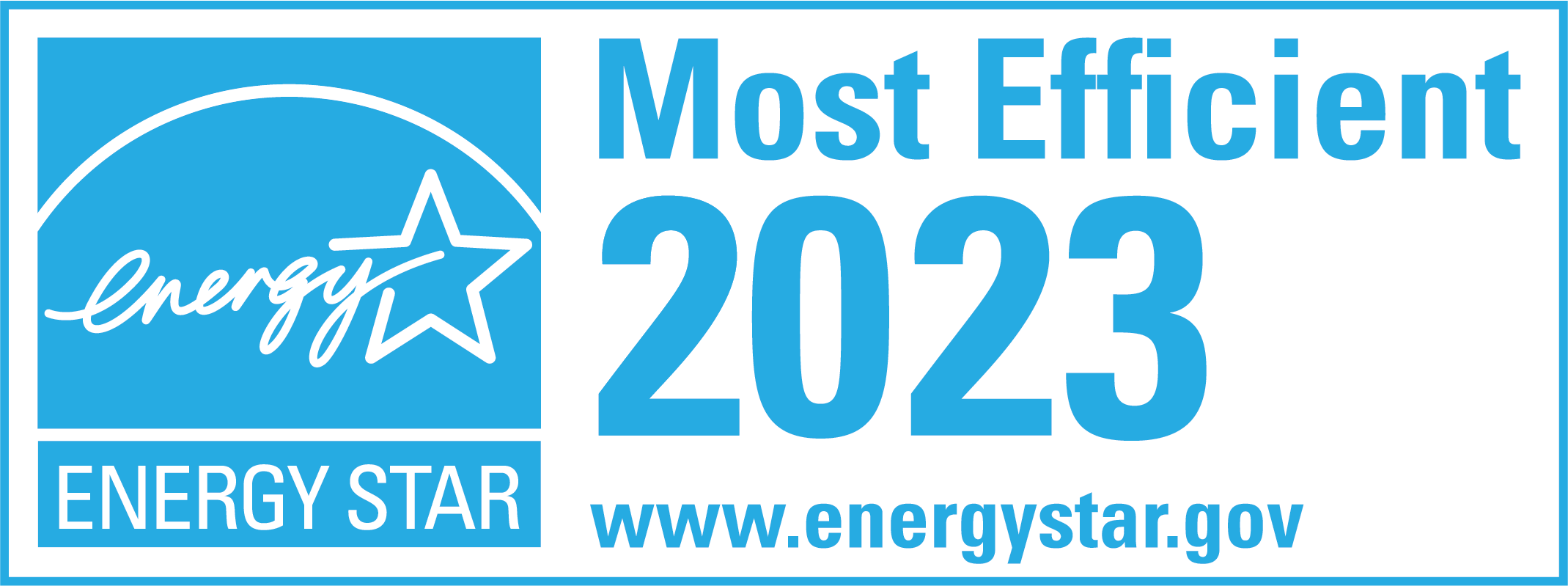Vinyl Siding vs Wood Siding: Which is the Better Choice?
When it comes to choosing the right siding for your home, it can be challenging to know where to start. So many options are available, ranging from traditional wood siding to the increasingly popular vinyl siding. Both materials have their fair share of advantages and disadvantages, making it crucial to weigh the pros and cons carefully. In this article, we’ll dive into siding basics and break down the differences between vinyl and wood siding. By the end of this article, you can decide which option is best for your home.
Understanding the Basics of Siding
Siding is a crucial element of any home’s exterior. It acts as a protective barrier, shielding your home against the elements while also helping to regulate the temperature inside. In addition to its functionality, siding can play a significant role in determining your home’s aesthetic. With so many options available, choosing the right siding for your home is an important decision that requires careful consideration.
What is Vinyl Siding?

Vinyl siding is a popular option that is made of PVC (polyvinyl chloride) resin. It is a durable, long-lasting material resistant to weather damage and fading. Vinyl siding comes in a range of colors and styles, making it a versatile choice for any home.
One of the benefits of vinyl siding is its low maintenance requirements. Unlike wood siding, which requires regular staining or painting to maintain its appearance, vinyl siding only needs occasional cleaning with a hose and some soap to keep it looking its best. This can save homeowners time and money in the long run.
What is Wood Siding?

Wood siding has been a popular choice for homes for centuries. It is available in a variety of wood species, including cedar, pine, and redwood. Wood siding is known for its natural beauty and charm and ages beautifully over time. It can be stained or painted to match your home’s aesthetic and is a sustainable option for environmentally-conscious homeowners.
However, wood siding does require more maintenance than vinyl siding. It must be regularly cleaned, stained, or painted to prevent weather damage and maintain its appearance. Additionally, wood siding is vulnerable to insect infestations, which can be a costly problem to address.
Other Siding Options
In addition to vinyl and wood, there are many other siding options available for homeowners to choose from. These include fiber cement, stucco, brick, and stone. Fiber cement siding is a popular choice for its durability and low maintenance requirements, while stucco offers a unique, textured appearance. Brick and stone siding can add a classic, timeless look to any home.
When choosing a siding material, it’s important to consider factors such as durability, maintenance requirements, and aesthetic appeal. Consulting with a professional contractor can help you make an informed decision and ensure that your home’s siding is installed correctly and efficiently.
Pros and Cons of Vinyl Siding
When it comes to choosing the right siding for your home, there are many options to consider. Vinyl siding is a popular choice for homeowners due to its durability and low-maintenance features. However, like any home improvement project, there are pros and cons to consider before making a final decision.
Advantages of Vinyl Siding
One of the significant advantages of vinyl siding is its durability. It can withstand extreme weather conditions, including high wind, hail, and rain, without sustaining damage. This is particularly important for homeowners in areas prone to severe weather conditions. Vinyl siding is also low-maintenance and requires minimal upkeep. Unlike wood siding, it does not require sealing or painting, making it a cost-effective option. Vinyl siding also has a longer lifespan than wood siding, with some products lasting up to 50 years. This means that homeowners can enjoy the benefits of vinyl siding for years without worrying about costly repairs or replacements.
Another advantage of vinyl siding is its energy efficiency. Vinyl siding can help to insulate your home, reducing your energy bills and making your home more comfortable. This is because vinyl siding is designed to prevent heat loss, keeping your home warm in the winter and cool in the summer.
Disadvantages of Vinyl Siding
One of the main disadvantages of vinyl siding is that it is not as visually appealing as wood siding. While there are many color and style options available, vinyl siding can look artificial, which can be a turn-off for some homeowners. Additionally, if vinyl siding is not installed correctly, it can buckle in hot temperatures, giving it an uneven appearance. This can be a problem for homeowners who want their homes to have a more natural and authentic look.
Another disadvantage of vinyl siding is that it is not eco-friendly. Vinyl siding is made from PVC, which is a non-renewable resource. This means that the production and disposal of vinyl siding can hurt the environment. For homeowners concerned about sustainability, vinyl siding may not be the best option.
Conclusion
Overall, vinyl siding is a popular choice for homeowners due to its durability, low-maintenance features, and energy efficiency. However, it is important to consider the disadvantages of vinyl siding, such as its artificial appearance and negative impact on the environment, before making a final decision. Ultimately, the choice of siding will depend on your personal preferences, budget, and the specific needs of your home.
Pros and Cons of Wood Siding
Advantages of Wood Siding
The primary advantage of wood siding is its natural beauty. Wood siding has a warm and inviting feel that can’t be replicated by any other material. It can also add significant value to your home, making it a smart investment. Wood siding is also an environmentally sustainable option for those who prioritize eco-friendliness. It is a renewable resource that can be recycled and repurposed after its lifespan.
Disadvantages of Wood Siding
One of the main disadvantages of wood siding is its susceptibility to damage from weather and pests. It requires regular maintenance, including staining or painting every 3-7 years, to prevent rot and decay. Wood siding is also prone to warping and cracking, impacting its longevity and appearance.
Comparing Costs and Installation
Cost of Vinyl Siding
The cost of vinyl siding varies depending on the quality and style you choose. On average, vinyl siding costs between $2 and $7 per square foot, making it a cost-effective option for many homeowners. However, it is essential to note that the installation cost should also be factored in.
Cost of Wood Siding
Wood siding is typically more expensive than vinyl siding, ranging from $3 to $10 per square foot. Additionally, the labor cost for installation can be higher due to the more intricate process required.
Installation Process for Both Materials
The installation process for vinyl siding is relatively simple, with panels being cut to size and installed over the existing exterior. It typically requires less time and labor than wood siding installation. In contrast, wood siding installation involves meticulous work, including cutting and shaping each piece to fit the wall’s contour.
Maintenance and Durability
Maintaining Vinyl Siding
Vinyl siding requires minimal maintenance, with occasional cleaning being the only real upkeep required. It is also impervious to pests, which can be a significant advantage over wood siding.
Maintaining Wood Siding
Wood siding requires considerably more maintenance, including regular staining and painting to prevent rot and decay. It is also highly susceptible to pest damage, requiring vigilant upkeep.
Longevity and Durability Comparison
Regarding longevity and durability, vinyl siding has the edge over wood siding due to its resistance to damage from weather, pests, and sun exposure. Vinyl siding can last up to 50 years, while wood siding typically lasts 20-40 years.
Conclusion
Ultimately, the choice between vinyl siding and wood siding comes down to personal preference, budget, and maintenance requirements. While both materials have pros and cons, vinyl siding is more durable and low-maintenance, while wood siding offers a natural beauty that can’t be replicated. Considering the factors discussed in this article, you can decide which siding material is best for your home.
Call us at 214-399-9592 or submit a free estimate request to discuss pricing and availability






